One of the Biden Administration’s top foreign policy goals since coming into office has been to get the United States back into some sort of nuclear agreement with Iran, a well-known backer of terrorism and frequent decrier of U.S. society and strategic interests.
Talks of a new Iran Deal have started back up in earnest in the last several weeks. While Iran is still making demands, the basic draft was submitted to the European Union around the end of July. But now there are details coming out that should raise some flags for a lot of people worried about stability in the Middle East and U.S. interests around the globe.
The most glaring of these is the lifting of an arms embargo on Iran.
Breaking: “The US would lift the conventional arms embargo on Iran”
Nearly entire Congress signed a letter supporting extending arms embargo in 2020. Huge win for Russia and China if accurate. https://t.co/rQnHkw2SCP
— Richard Goldberg (@rich_goldberg) August 29, 2022
Digging into the story a little more:
That day [“Day Zero”], US President Joe Biden would rescind three executive orders pertaining to Iran, as well as secondary sanctions on 17 banks, which would free over $7 billion belonging to Iran from South Korean banks.
Within five days, the deal will likely reach the US Congress, under the terms of the Iran Nuclear Agreement Review Act (INARA). That law requires any agreement lifting sanctions on Iran to be reviewed by the House and Senate, and the White House would not be able to lift sanctions that were not an executive order for 30 days.
If Congress rejects the deal, Biden can veto it, except in the unlikely scenario that a veto-proof majority of two-thirds votes against it. There is, however, still a chance of a majority opposing a deal, amid growing concerns in Washington that Russia will use Iran as a conduit to avoid sanctions.
Then, 60 days after the deal is signed, we would give a “one-time sanctions exemption for Iran to sell 50 million barrels of oil and would permit business negotiations in the areas of energy and aviation,” according to this report.
So already we’re giving Iran access to tons of money to fund the various activities they do that actively undermine the U.S. But, of course, there’s more. By Day 120…
Iran would also complete all the steps required by the deal – scaling back uranium enrichment to 3.67%, reducing its stockpile, sealing and transferring centrifuges, etc. – and allow the IAEA to fully resume monitoring.
The US would remove all secondary sanctions on Iran and agreed-upon terrorist designations – this does not include the Islamic Revolutionary Guard Corps – and explain to businesses what the lifting of sanctions means.
So, yeah. We’re going to give Iran access to its money again and we’re going to lift arms embargoes on them with seemingly no mechanism of enforcing the uranium enrichment limitations asked by the deal.
It may shock you to discover that the New Iran Deal is just as bad as the Old Iran Deal. We’re giving Iran everything they want, and there is nothing we’re going to do to make sure they keep up their end of the bargain. We appear to be giving them all honey and no vinegar here.
This isn’t just a boon for Iran, but for China and Russia, who can buy Iranian oil and sell weapons to Iran with no problem whatsoever. Does the Biden administration understand that they are actively undermining U.S. global interests here? That we’re making U.S. allies in the Middle East and around the world less safe?
You want to make Saudi Arabia a pariah but give all sorts of money to Iran? That’s got to be the most ridiculous foreign policy platform in modern American history. There are plenty of people in the Middle East who do not want Iran to have access to money and arms, and you’ve just made them less safe and the region more unstable. Great work.
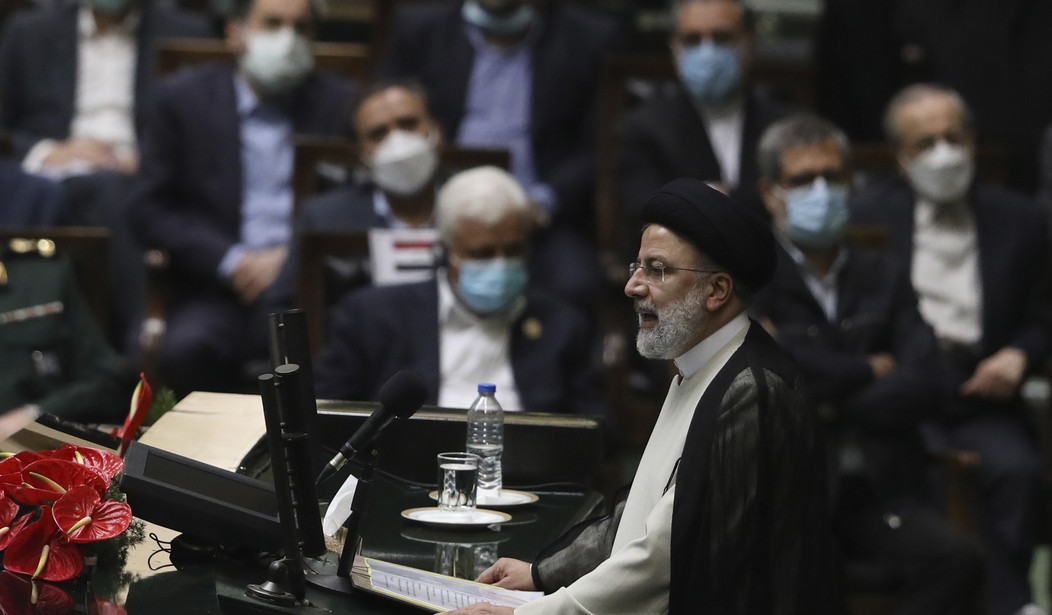
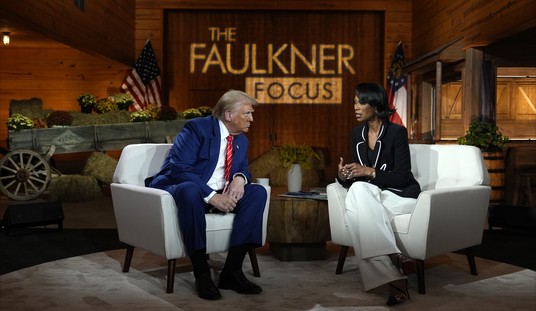

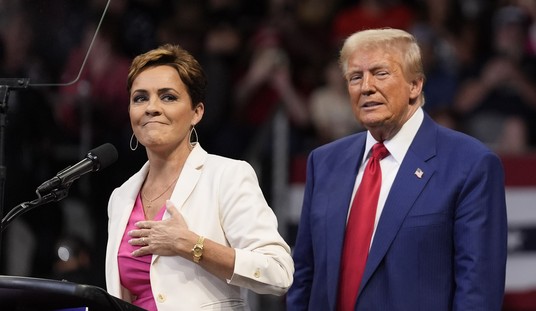


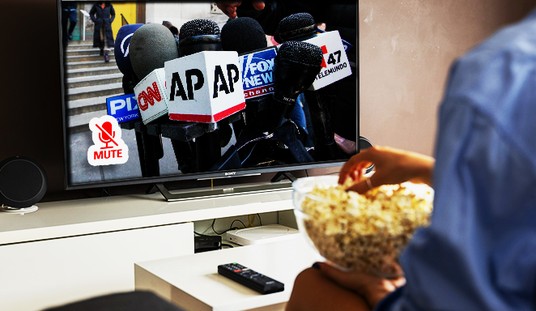



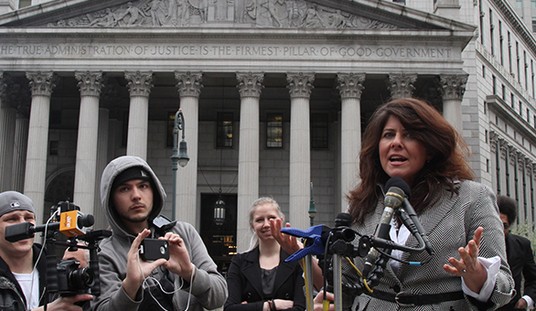



Join the conversation as a VIP Member